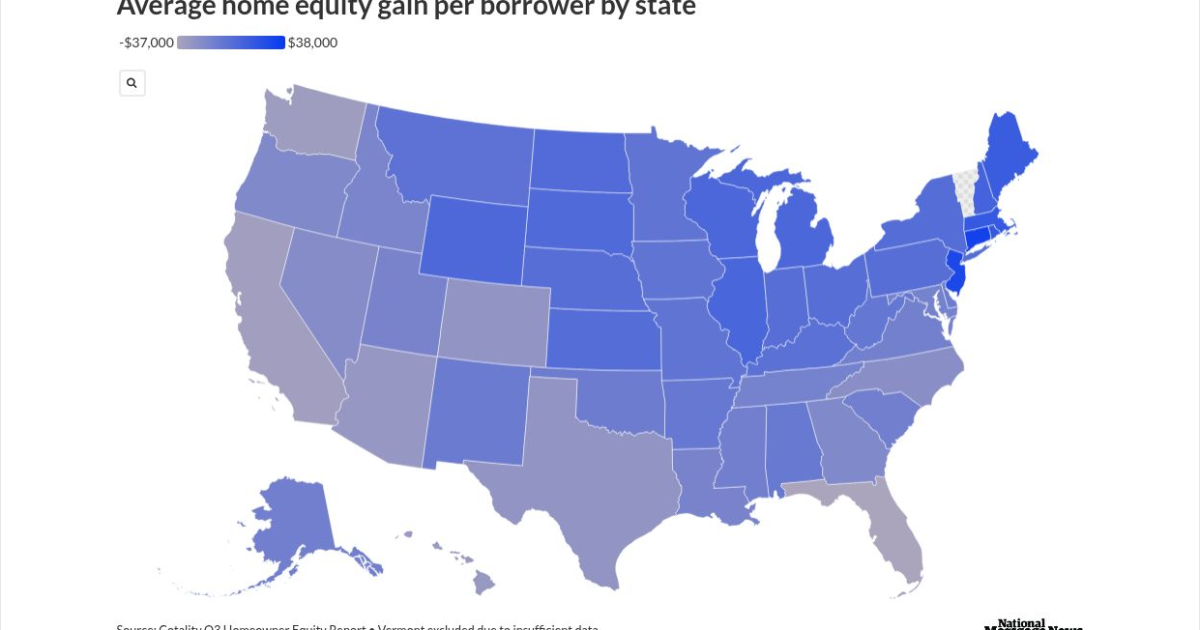Losing a spouse is an emotionally overwhelming experience, and unfortunately, for many widows, the challenges extend beyond the realm of grief. The “widow’s penalty” refers to the financial disadvantages that widows often face after the death of their partners. This penalty manifests in various forms, from reduced Social Security benefits to inflated Required Minimum Distributions (RMDs) to potential estate tax issues. In this article, we will explore the different aspects of the widow’s penalty and discuss potential strategies for navigating these challenges.
What is the Widow’s Penalty?
In simple terms, the widow’s penalty refers to a situation where a surviving spouse may experience a reduction in their overall income or financial benefits, but an increase in taxes, after their partner passes away. It typically arises when a widow or widower transitions from filing taxes jointly to filing as Single or Head of Household in subsequent years. In general, filing as a single taxpayer often results in a higher tax rate on the same amount of income. This happens because of differences in tax brackets, standard deductions, and other factors between joint and single filers. The result is usually a surviving spouse who ends up paying more in taxes, even if their income hasn’t significantly changed.
A common scenario illustrating the widow’s penalty involves the reduction of Social Security benefits for the surviving spouse after the death of their partner. It may also include RMDs. RMDs, or Required Minimum Distributions, are the minimum amounts of money that individuals with retirement accounts must withdraw from their accounts each year once they reach a certain age.
How the Widow’s Penalty Works
In the year a spouse dies, the surviving spouse is still allowed to file a joint tax return. However, in subsequent years, the survivor must file as Single or Head of Household if they have a dependent child. In the two years following a spouse’s death, the surviving spouse may be eligible to file as a Qualifying Widow(er) if they have a dependent child. This status allows them to retain the benefits of the joint filing tax brackets for an additional two years. This shift often results in higher taxable income due to different tax brackets and standard deductions.
For example, in the U.S. tax code, the 2024 federal tax brackets for a married couple filing jointly are:
- 10% on income up to $23,200
- 12% on income from $23,200 to $94,300
- 22% on income from $94,300 to $201,050
However, for single filers, the brackets are:
- 10% on income up to $11,600
- 12% on income from $11,600 to $47,150
- 22% on income from $47,150 to $100,525
As you can see, a widow’s income could quickly fall into higher brackets when their filing status changes from joint to single.
Widow’s Penalty Example
Let’s explore a typical situation of the widow’s penalty. John and Mary, a married couple, have been receiving Social Security benefits based on their individual earnings records. John, the primary breadwinner, receives $50,000 per year. Mary receives $25,000 per year. In addition, John and Mary are over 73, so they must take RMDs of $60,000 per year. In this scenario, their married filing jointly tax bill comes out to about $11,000. Unfortunately, John passes away, leaving Mary as the surviving spouse.
Upon John’s death, Mary is entitled to survivor benefits, which generally amount to the greater of her own benefit or her deceased spouse’s benefit. In other words, Mary will start receiving John’s $50,000 instead of her $25,000. While this is an increase in her own individual income, Mary now earns $25,000 less than when John was alive. On top of that, Mary was John’s beneficiary, so she received all his investments including his retirement account. Because of this, she is still required to take the same RMD amount of $60,000 per year. The real issue is that now her tax filing status will change. She will be able to file jointly once more before she decides to file as a qualifying widow or as a single individual.
Filing as single instead of married filing jointly essentially doubles the amount of taxes paid. This is because the single filing status has less beneficial tax brackets and a much lower standard deduction. When Mary files as a single individual with her $50,000 in survivor benefits and $60,000 in RMDs, her tax bill will increase to about $17,000. So, even though Mary is receiving $25,000 less per year, she is paying $6,000 more in taxes. This is essentially a $31,000 penalty.
How to Navigate the Widow’s Penalty
Engaging in comprehensive financial planning is crucial for widows. This involves assessing the current financial situation and understanding sources of income. It’s important to take advantage of the married filing jointly tax status for as long as possible.
Widows should explore strategies to maximize Social Security benefits. This may involve delaying the receipt of benefits to increase the overall amount or considering spousal benefit options. Consulting with a Social Security expert can help widows navigate the complexities of the system.
Finally, couples should consider Roth conversions now, at least for some of their money. A Roth conversion is a financial strategy where funds from a traditional individual retirement account (IRA) or a qualified retirement plan, such as a 401(k), are transferred or “converted” into a Roth IRA. The distinguishing feature of a Roth IRA is that contributions are made with after-tax dollars, meaning that withdrawals in retirement, including any investment gains, can be tax-free. Roth IRAs do not have required minimum distribution (RMD) rules during the account owner’s lifetime. This means you can leave money in the Roth IRA for as long as you want, allowing potential for tax-free growth.
Tax Help for Widows
The widow’s penalty underscores the importance of proactive financial planning and education for individuals facing the loss of a spouse. By addressing Social Security disparities, navigating RMD considerations, and planning to reduce the penalties, widows can better position themselves to overcome the financial challenges that often accompany the grieving process. Seeking professional advice and support is key to developing a resilient financial plan that helps widows secure their financial future. Optima Tax Relief is the nation’s leading tax resolution firm with over a decade of experience helping taxpayers with tough tax situations.
If You Need Tax Help, Contact Us Today for a Free Consultation
Publisher: Source link











